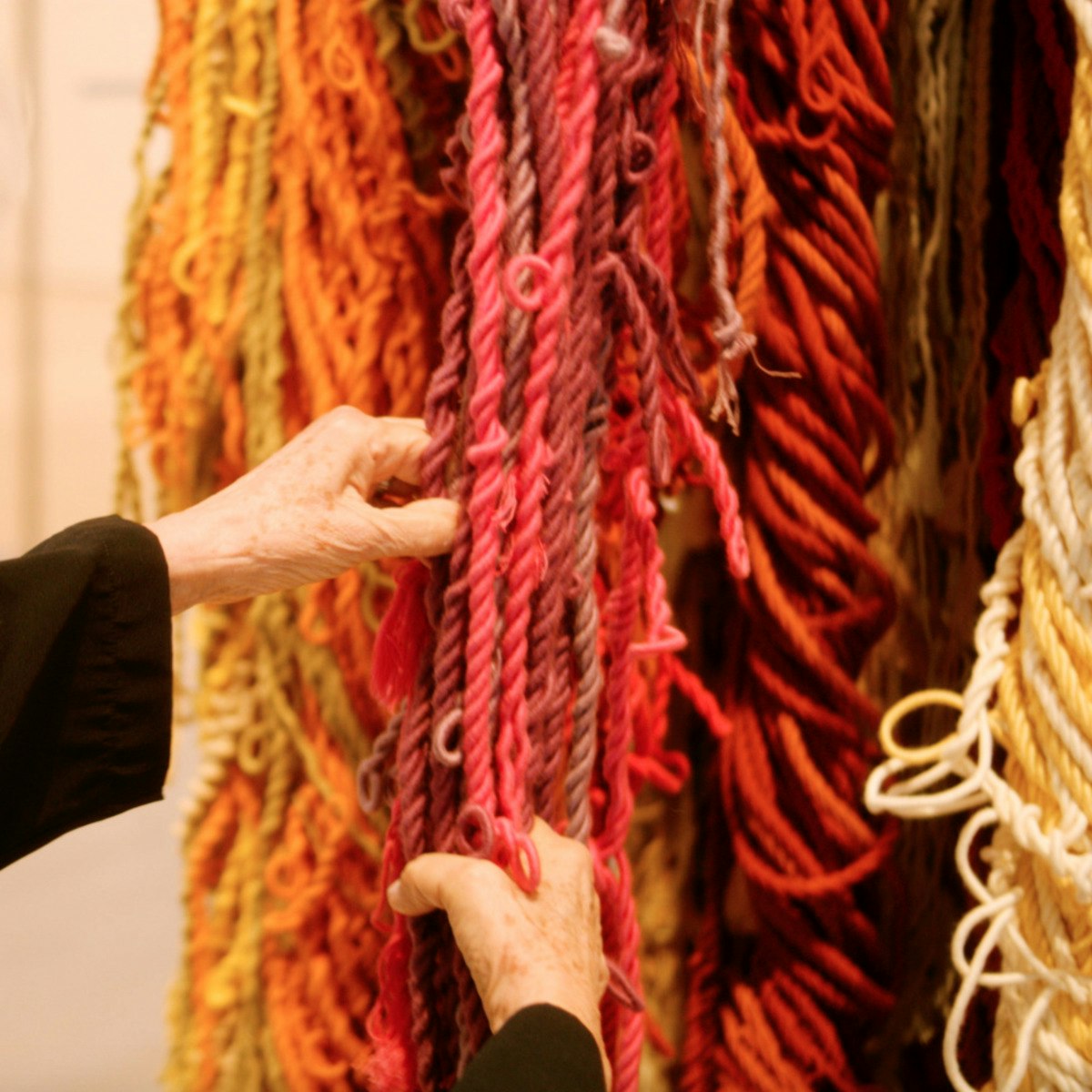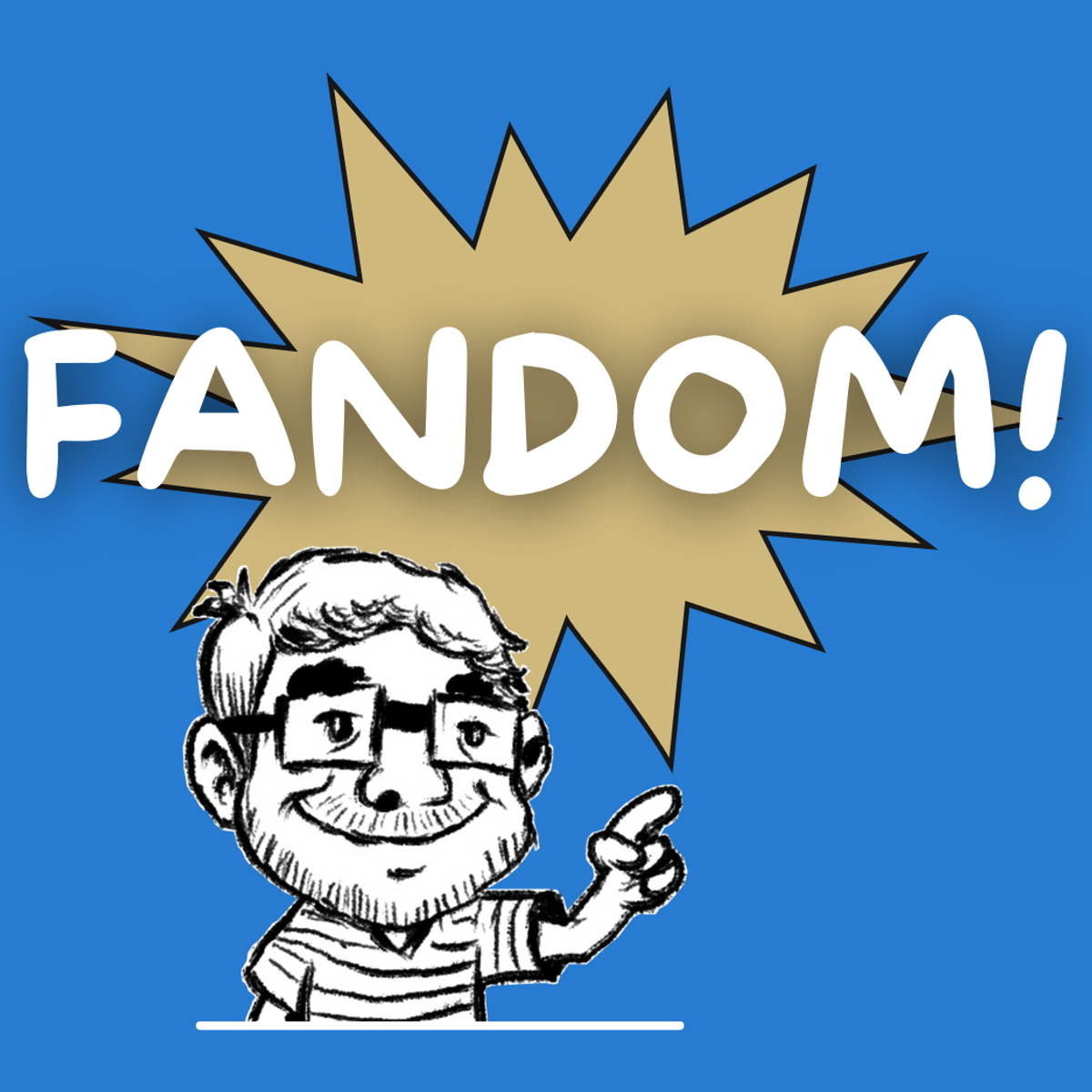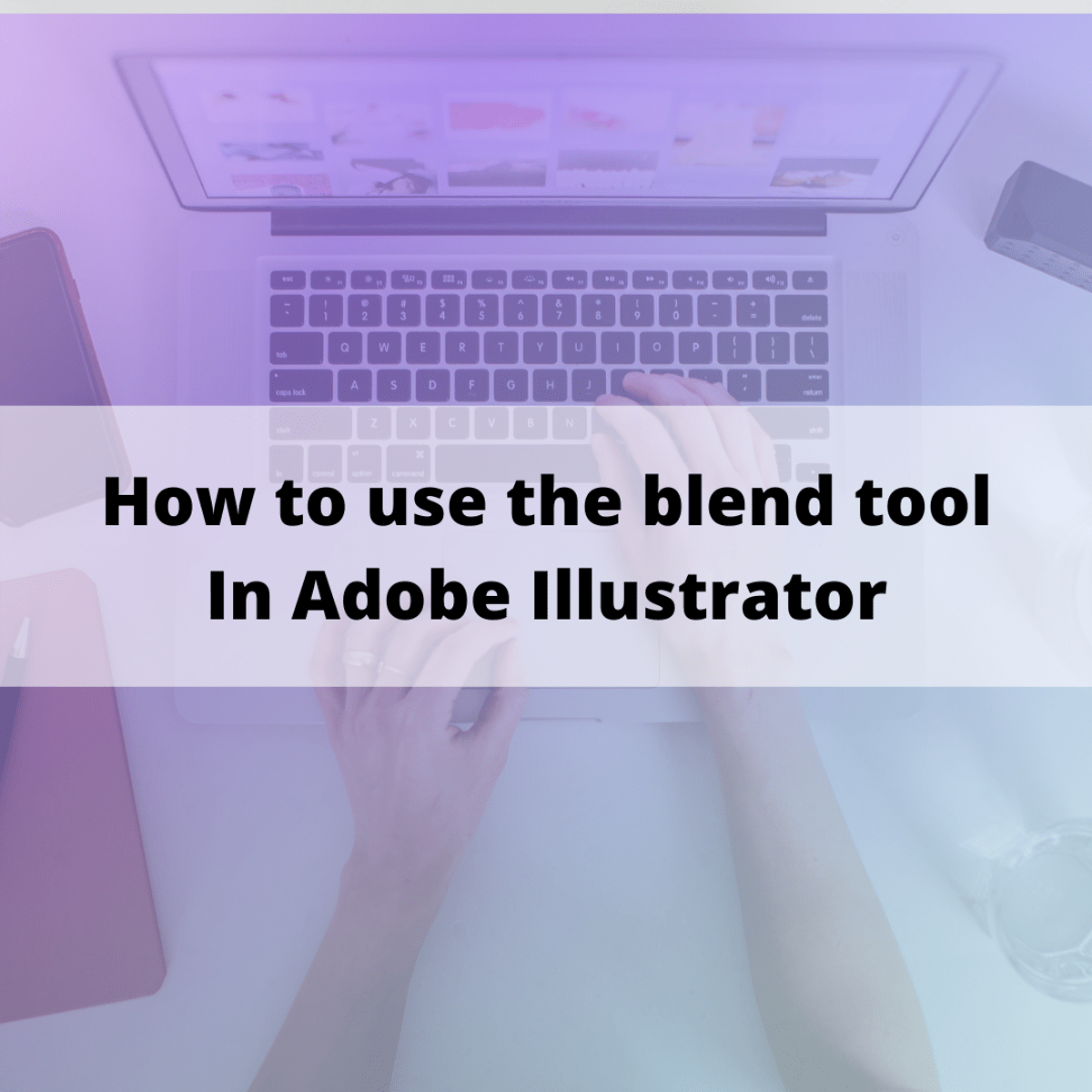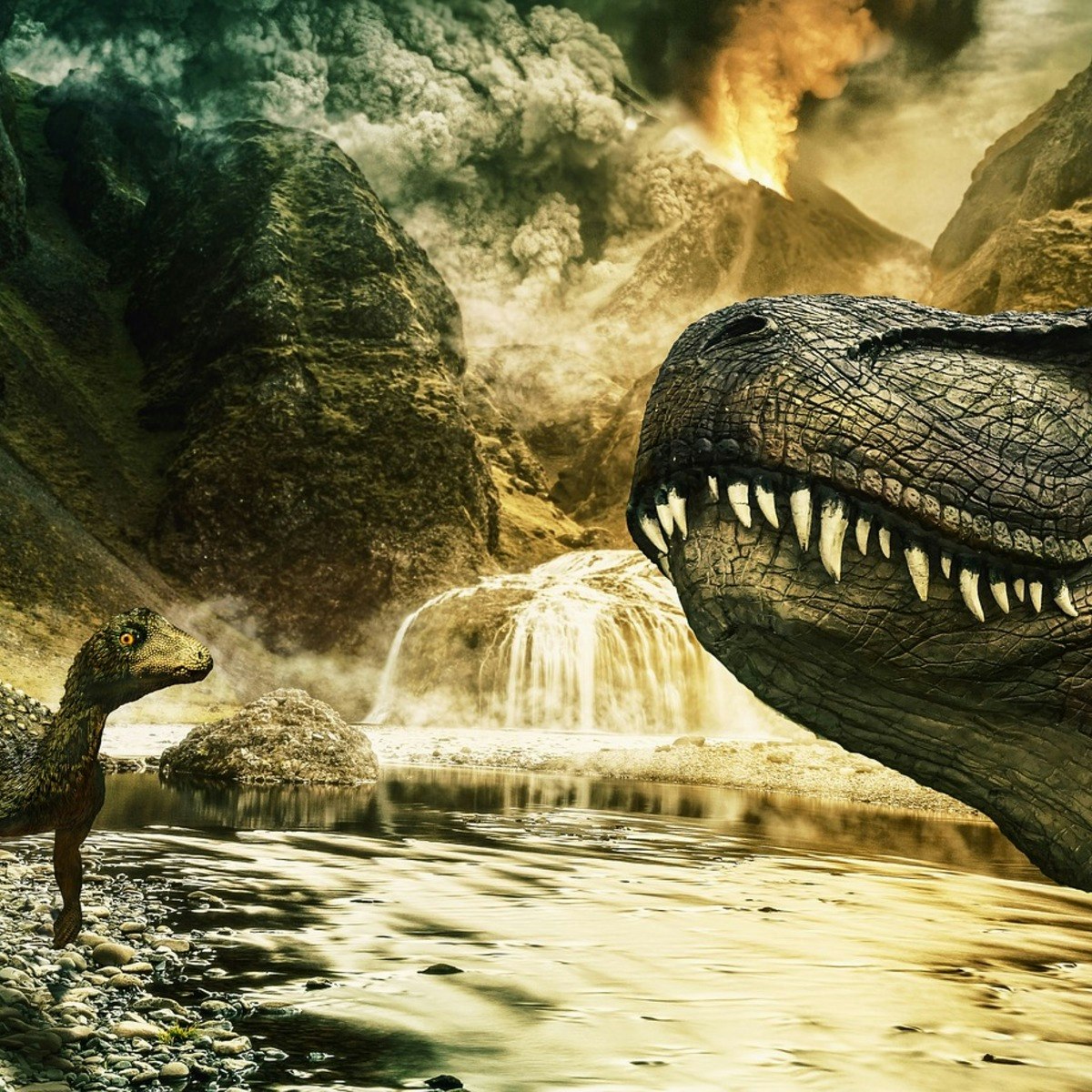Back to Courses









Arts And Humanities Courses - Page 44
Showing results 431-440 of 464

What Is Contemporary Art?
What is contemporary art? In this course, you’ll consider this question through more than 70 works of art made between 1980 and the present, with a focus on art from the past decade. You’ll hear directly from artists, architects, and designers from around the globe about their creative processes, materials, and inspiration.
Five themes serve as your guide: Media from Television to the Internet, Territories & Transit, Materials & Making, Agency, and Power. You’ll look at 3-D–printed glass and fiber sculptures, performances in a factory and a museum, painted portraits—as well as those made with artificial intelligence—and interventions into television and video games. And much more, all drawn from the collection of The Museum of Modern Art.
Come along as artists invite us into their studios, out into their neighborhoods, and to experiment with the materials they use. Not only will you develop a deeper understanding of how artists work today, you’ll also explore some of their many approaches to the pressing issues and questions of our time. By taking this course, you’ll gain confidence to look at contemporary art wherever you encounter it and make connections to your own life or creative practice.

Facilitate Organized Online Dialogue with Considerit
Why is it so hard to participate in fruitful online dialogues, especially with dozens or hundreds of participants? Why do we so easily get caught up on divisive topics and opinions, instead of building up on each other perspectives? One may argue that the tools often used for such discussions (i.e., social media) are, by design, biased toward polarizing discourse.
Therefore, this project presents Considerit, a digital tool for "civil, organized, and efficient online dialogue". While participating in and creating a forum on Considerit you will experience its capacity to handle nuances of complex discussions, as well as for visually summarizing what a community thinks about a specific statement, and why.
So join us with an idea for a forum you would like to create and some perspectives around the future of life on planet Earth!

The Pronunciation of American English Project
In the final course of The Pronunciation of American English specialization, you will complete a final self-reflection project applying what you have learned in the first three courses about consonants, vowels, and the “music” of English. In preparation for the project, you will take a post-test, review all the sounds of English, analyze a speech, and share your advice on improving pronunciation with other learners.
Only learners who pay for the course will be able to take the graded quizzes or submit assignments for feedback. The free version provides access to the lectures and practice activities only.

American Education Reform: History, Policy, Practice
Discover what shapes how we talk about schools today by exploring the history of U.S. education reform. Engage with the main actors, key decisions, and major turning points in this history. See how social forces drive reform. Learn about how the critical tensions embedded in U.S. education policy and practice apply to schools nationally, globally— and where you live.

Blended Language Learning: Design and Practice for Teachers
This course is for language educators who wish to learn how to build and teach a blended language course. You may receive 1.5 Graduate Teacher Education credits (GRTE) for completing this course. See below for more information.
This course is divided into four modules.
In the first module we are going to discuss the origins and effectiveness of the blended learning model.
In the second module, we are going to look at course level considerations such as how to choose a blended format or how to build a blended course syllabus.
In the third module, we are going to focus on the unit level. We are going to discuss how to plan a blended unit, how to go about presenting content, designing blended activities and assessment strategies.
In the fourth module, we're going to turn our attention to the teaching aspect of the blended learning experience.
At the end of the course, you have the option to put what you have learned into practice through an optional peer-reviewed assignment (Honors lesson). This assignment is not required to complete the course unless you wish to obtain Graduate Teacher Credits (GRTE).
This course includes short quizzes, discussion questions, and an optional scaffolded peer-reviewed assignment. If you complete all the assignments, at the end of this course you will have fairly fleshed out a blended unit and you will be well on your way to building your own blended language course.
Upon completion of this course, students will be able to:
Explain blended learning as a teaching modality and discuss its effectiveness
List and discuss the main instructional design steps involved in building a blended language course
Select tools and technologies to support blended language learning
Discuss effective blended teaching strategies
GRTE credits: Credits earned for GRTE courses are not applicable toward a degree program offered at the University of Colorado Boulder but may be used for teacher professional enhancement, including relicensure and school district salary advancement. You may receive 1.5 GRTE credits for completing this course ($225). The form is provided at the end module 5.

The Modern World, Part Two: Global History since 1910
This is a survey of modern history from a global perspective. Part Two begins early in the twentieth century, as older ways of doing things and habits of thought give way. What follows is an era of cataclysmic struggles over what ideas and institutions will take their place. The course concludes in the present day, as communities everywhere are transitioning into a new era of world history. Again we work hard to grasp what is happening and ask: Why? Again we are drawn to pivotal choices made at key moments by individuals and communities.

Fandom, Social Media, and Authenticity in the Digital Age
"Fandom, Social Media, and Authenticity in the Digital Age" focuses your attention on the interconnected dynamics of identity, representation, interpretation, and self-reflection. It asks the question: how, where, and with whom do we inhabit the worlds of fandom and popular culture in the digital age? We will explore the role of digital media in the production of celebrity and fandom, using social media tools and platforms as a running case study. More broadly, the course is about what media studies scholar Henry Jenkins has called “participatory culture,” the processes by which bring our selves into digital spaces, establish trust and authenticity (or challenge these concepts), and negotiate identity in and amongst others. Along the way, you will develop skills in critical self-reflection and communication, as well as analysis and interpretation. You’ll audit your own social media usage, and put this learning in context with major social media presences of our era.
Course-Level Learning Outcomes
* Define and describe the relationship between fandom, popular culture, and digital media as each impact our identity and interactions with others
* Apply critical self-reflection and close reading frameworks through personal and professional writing and online publication
* Engage with pop culture and fandom communities by leveraging online platforms to make connections and synthesize learning
* Reflect on your personal relationship to social media, identity, representation, and social interaction online
Course 1 Skills:
* Personal Development
* Analysis
* Digital Literacy
* Writing
* Social Media
* Close Reading

How to use the blend tool in Adobe Illustrator
In this project you will learn how to use the blend tool in Adobe Illustrator.
This tool allows you to blend colors together, and even make 3D looking designs using some simple steps. This tool elevates your value as a graphic designer and being able to use it and understand how it's used it's awesome. Many tools are ignored in Adobe Illustrator and what makes you shine and be the graphic designer your client needs it's to be able to use any tool to make your job even better.
In this guided project you'll learn how to use the blend tool and you'll apply designs in every scenario. The blend tool lets you blend colors and shapes to create very intriguing and unique designs. I hope you are excited to learn more about Adobe Illustrator and let's go ahead and start.

Extinctions: Past, Present, & Future
This course introduces you to the five mass extinctions of the pre-human past, their causes and significance to the history of life on earth, and the current mass extinction happening during our time. We’ll also explore the history of paleontology and geological study and review the key players that influenced the science today.
Regardless of your familiarity with the topic, you'll get portable handouts, lively demonstrations, and quizzes that bridge and enhance your knowledge.

Emotions: a Philosophical Introduction
Philosophy is like sex: sure you can get some interesting results, but that's not why we do it. Going one step beyond…why do you FEEL pain or pleasure? Do plants have emotions? How is possible that some people do not understand other’s emotions? Emotions seem to be everywhere, giving meaning to all events of our lives. They are the backbone of social activities as well as they drive the cognitive processes of several living entities. Several animals, including humans, have emotions but…what about machines?...Do machine can have emotions?
This course will help you to understand and to identify most important philosophical ideas and debates about emotions, as well as it will provide you a rich source of data about neurological, psychological or anthropological analysis of emotions.
In a nutshell: this is a course to feel and think about.
Popular Internships and Jobs by Categories
Find Jobs & Internships
Browse
© 2024 BoostGrad | All rights reserved